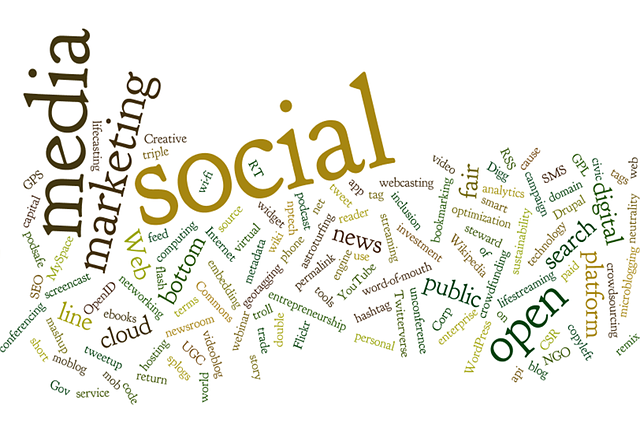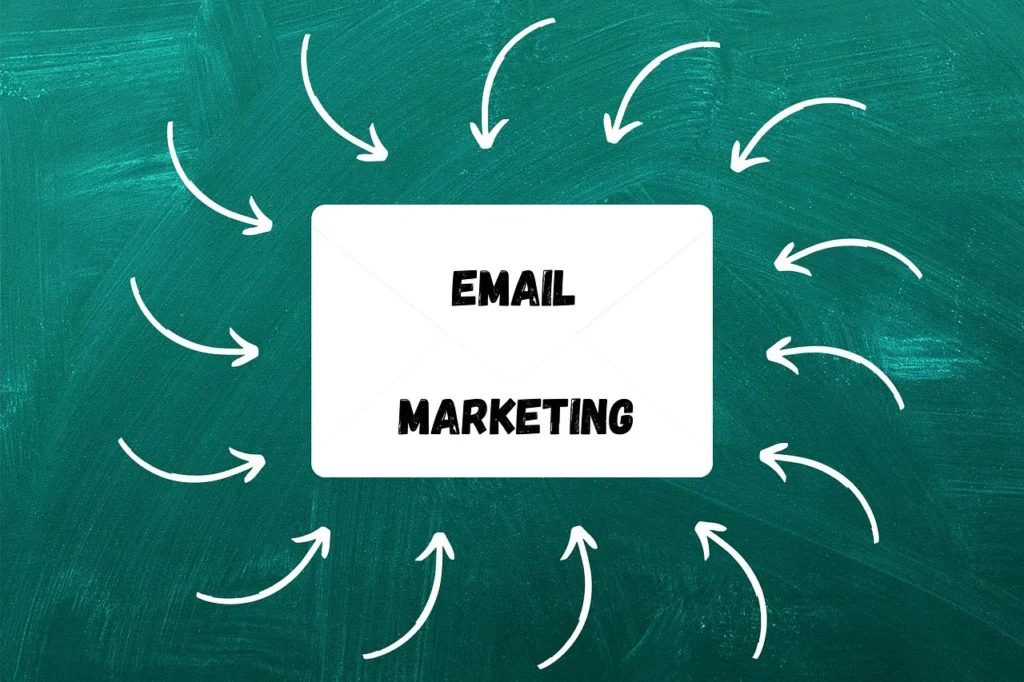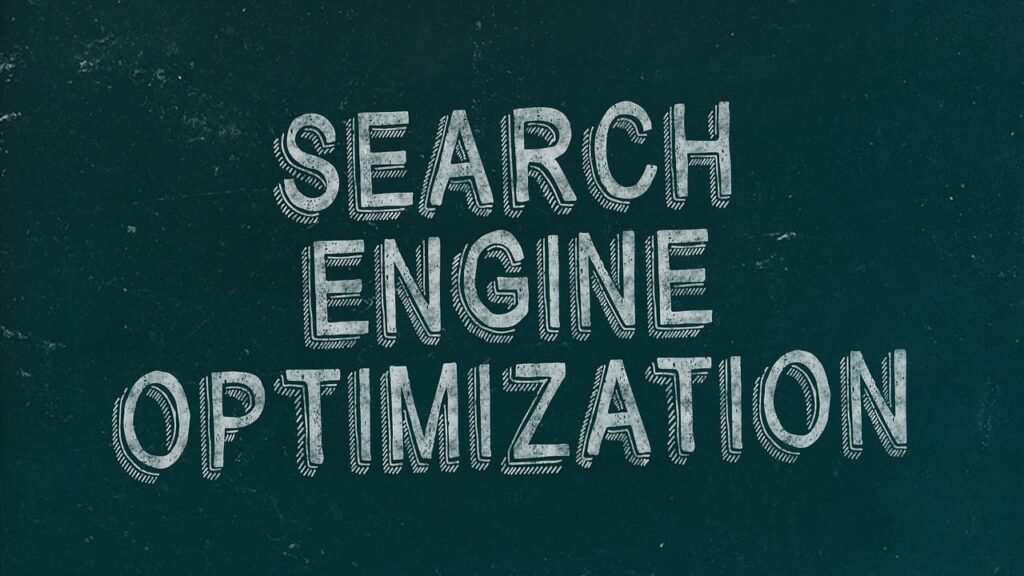Introduction
Marketing isn’t what it used to be. Gone are the days when creativity alone could win over customers. In 2025, data speaks louder than slogans. The digital landscape is evolving rapidly, and businesses that don’t adapt will be left behind. According to recent industry studies, 78% of marketers agree that decisions driven by data lead to better ROI, and over 60% have shifted more than half their budget toward digital marketing channels. Marketers now prioritize channels that can be measured, optimized, and scaled based on performance.
If you want to stay competitive in this fast-paced world, you need more than intuition—you need insights. That’s where marketing statistics come in. This blog breaks down the most important data-driven trends that marketers can’t afford to ignore in 2025. These insights cover content marketing, social media, SEO, email, consumer behavior, and paid ads—all designed to help you build smarter strategies, cut waste, and connect meaningfully with your audience. Embracing these trends will help you future-proof your brand and consistently stay ahead of the curve.
1. Content Marketing in 2025
Content is more than just blog posts. In 2025, it’s about experiences that educate, entertain, and inspire your audience.
82% of marketers report strong ROI from content marketing.
Companies with active blogs generate 67% more leads monthly.
Short-form video content tops the list for engagement, especially on social platforms.
60% of buyers make purchase decisions after reading a blog.
Consistent blogging yields 13x more ROI compared to irregular efforts.
Infographics and visuals improve retention by over 70% and drive more social shares.
Authenticity and storytelling remain crucial, even with rising AI-generated content.
Long-form, value-driven content builds authority and trust in your niche.
The takeaway? Content that solves real problems, answers questions, and evokes emotion wins. Brands must aim to deliver value rather than just volume.

2. Social Media Marketing
Social media is no longer just a trend—it’s a necessity for brand awareness, engagement, and conversions.
Over 4.95 billion global users are active on social media.
Reels and TikTok dominate in terms of engagement and reach among younger demographics.
83% of marketers cite social platforms as a major customer acquisition tool.
Fast response times (under one hour) boost loyalty by 25%.
User-generated content increases trust over branded messages.
Average daily use: 2 hours and 35 minutes per user.
LinkedIn leads B2B conversions, with a 2.3x higher rate than other channels.
Social commerce is expected to generate over $1.2 trillion in sales by the end of the year.
Brands must embrace each platform’s unique strengths and tailor content for better connection and performance.

3. Email Marketing
Despite being one of the oldest digital tools, email continues to outperform other channels in terms of return.
Email marketing sees a $42 return for every $1 spent.
Personalized subject lines boost open rates by 26%.
Abandoned cart emails recover up to 20% of sales.
Mobile-optimized emails increase click-throughs by 15%.
Segmented campaigns can increase revenue by 760%.
The average email open rate is now 34.7%.
Tuesday mornings remain peak engagement windows.
Automated email sequences help nurture leads through the funnel effectively.
Whether it’s newsletters, promotions, or transactional emails, strategic execution keeps subscribers engaged and loyal.

4. SEO & Organic Search
If you’re not showing up on Google, you’re missing the majority of your audience and traffic potential.
Google fields over 8.5 billion searches per day.
68% of online experiences begin with a search engine.
The #1 result earns over 27% of all clicks.
Blogs help boost indexable pages by 434%.
58% of users rely on voice search for local business queries.
Content over 2000 words consistently ranks better in SERPs.
Page speed is now a leading factor in ranking algorithms.
Featured snippets increase click-throughs by up to 30%.
Staying updated with algorithm changes and optimizing for both humans and search engines is crucial.

5. Video Marketing
Consumers crave visuals, and video is the format of choice for education, entertainment, and trust-building.
91% of marketers use video as a core strategy.
People retain 95% of a video message versus 10% from text.
Short-form videos double engagement over other formats.
Landing page videos can raise conversions by 80%.
YouTube sees over 1 billion hours of video watched daily.
35% of marketers now leverage live video to connect directly.
Product videos can lead to a 144% increase in purchases.
Interactive videos are gaining traction for improving user experience and time on page.
Investing in video content, especially repurposable formats, ensures you capture attention across platforms.

6. Consumer Behavior in 2025
Today’s consumers are smarter, more informed, and expect brands to align with their values.
89% of buyers research online before making a purchase.
70% trust peer reviews more than branded content.
Mobile commerce accounts for over 73% of e-commerce sales.
Gen Z wants brands that take a stand—74% consider it essential.
Personalized experiences make customers 2.6x more likely to buy.
62% of companies use chatbots for better service and instant response.
Shipping costs are the #1 reason for cart abandonment.
Sustainability and ethical practices influence purchase decisions more than ever.
The brands that win are those who listen, adapt, and connect on a deeper, more meaningful level.

7. Paid Advertising
Ad dollars are under pressure to perform, and the numbers show where to focus for optimal results.
Google Ads returns $2 for every $1 spent.
Facebook Ads reach more than 2.1 billion users monthly.
Retargeting ads perform 10x better than standard banners.
Native ads get 3x more engagement than traditional formats.
CPC averages $1.27 but varies widely by industry and competition.
43% of marketing budgets now go to paid campaigns.
Interactive ads like polls and sliders lift engagement by 45%.
Data-driven audience segmentation reduces ad waste and boosts conversion.
The right blend of targeting, creative, and timing can make paid advertising your best-performing channel.

Why these numbers matter?
Marketing statistics aren’t just trivia—they’re tools that give direction and validation.
They help you:
Identify where to invest your budget for the highest return.
Refine strategies with proven, data-backed tactics.
Align your campaigns with how consumers behave today.
Convince stakeholders and leadership with facts, not just ideas.
Set realistic KPIs and benchmark against industry standards.
By using these stats as a compass, you can build campaigns that don’t just make noise but make an impact. Every number tells a story and offers a lesson.
Conclusion
2025 demands smarter, faster, and more informed marketing decisions. Armed with these statistics, your team can move with confidence, adapt to trends, and build a strategy grounded in data, not assumptions.
Keep this resource close when crafting your next campaign, revisiting your budget, or setting new goals. In the world of modern marketing, knowledge is power, and these stats give you an edge. Use them to guide experimentation, spark creativity, and drive measurable outcomes.

